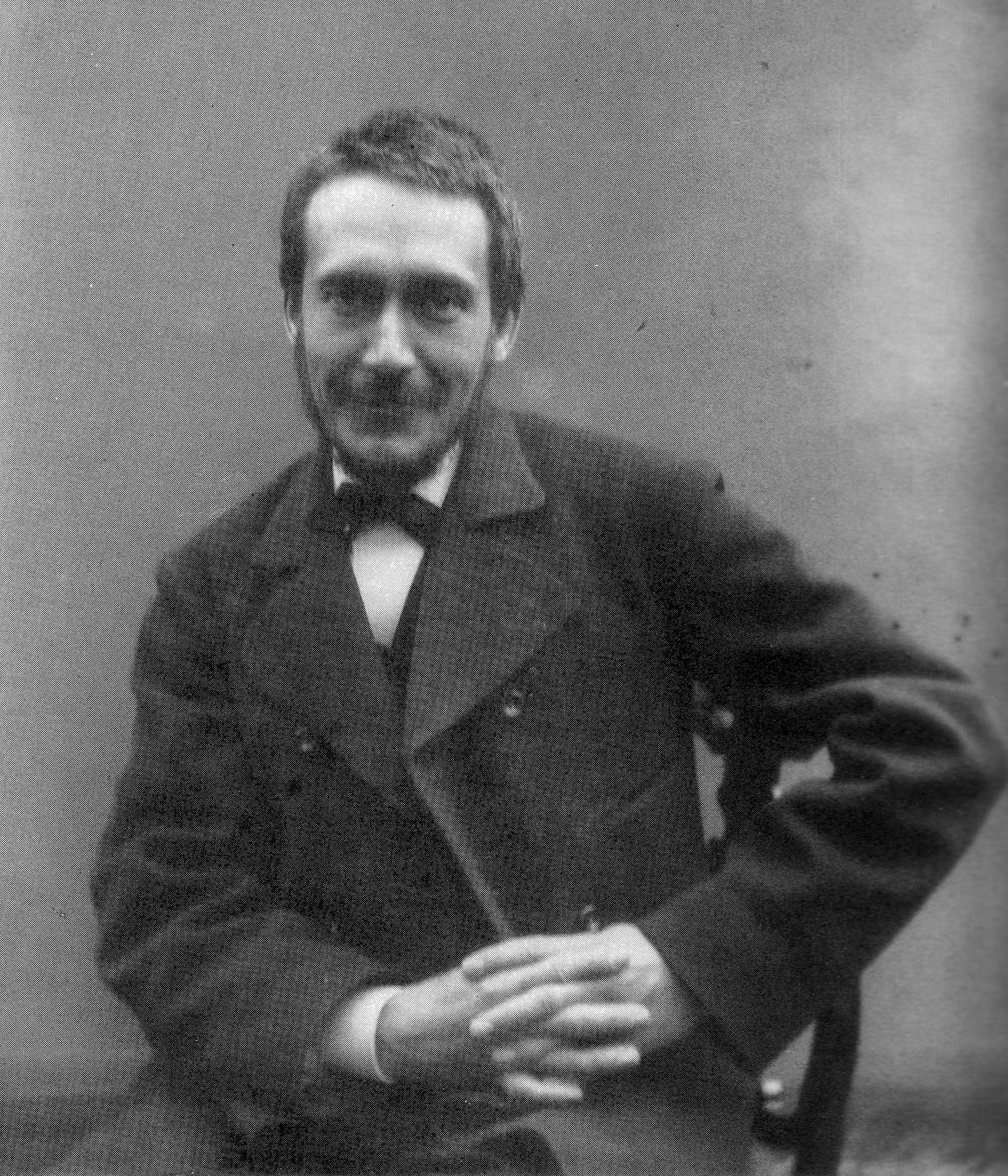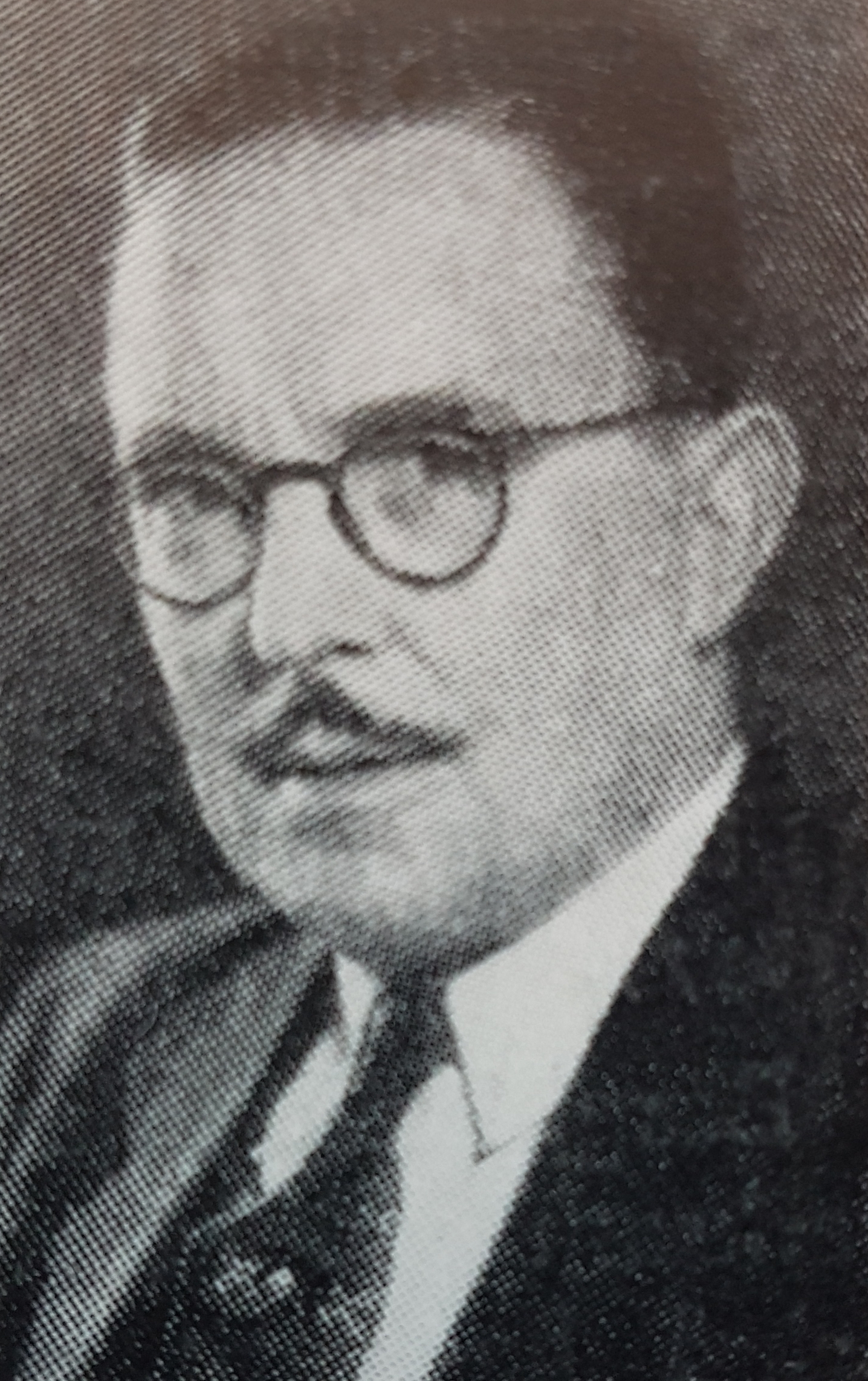|
1901 In Art
Events from the year 1901 in art. Events * March 12 – Whitechapel Gallery, designed by Charles Harrison Townsend, opens in London as one of the first publicly funded galleries for temporary exhibitions in the city. * March 17 – The first large-scale showing of Van Gogh's paintings in Paris as 71 are shown at the Bernheim-Jeune gallery, 11 years after his death. * May 11 – The Kraków Society of Friends of Fine Arts inaugurates its Palace of Art. * June 24 – The first showing of Picasso's paintings in Paris as the 19-year-old Spanish artist exhibits his work at Ambroise Vollard's gallery. Preparing for the show (from May) he has worked in the Paris studio of his friend Carles Casagemas who had committed suicide on February 17. Later this year, Picasso's Blue Period begins. * Julien-Auguste Hervé exhibits his paintings in Paris under the title ''Expressionismes''. * The " Red Rose Girls" rent the Red Rose Inn in Villanova, Pennsylvania in the Philadelphia Main Line. ... [...More Info...] [...Related Items...] OR: [Wikipedia] [Google] [Baidu] |
Picasso's Blue Period
The Blue Period () comprises the works produced by Spanish painter Pablo Picasso between 1901 and 1904. During this time, Picasso painted essentially monochromatic paintings in shades of blue and blue-green, only occasionally warmed by other colors. These sombre works, inspired by Spain and painted in Barcelona and Paris, are now some of his most popular works, although he had difficulty selling them at the time. This period's starting point is uncertain; it may have begun in Spain in the spring of 1901 or in Paris in the second half of the year. In choosing austere color and sometimes doleful subject matter—prostitutes, beggars and drunks—Picasso was influenced by a journey through Spain and by the suicide of his friend Carles Casagemas, who took his own life at the L'Hippodrome Café in Paris, France on February 17, 1901. Although Picasso himself later recalled, "I started painting in blue when I learned of Casagemas's death",Wattenmaker and Distel, 1993, p. 192. art histo ... [...More Info...] [...Related Items...] OR: [Wikipedia] [Google] [Baidu] |
Albert Edelfelt
Albert Gustaf Aristides Edelfelt (21 July 1854 – 18 August 1905) was a Finnish Painting, painter noted for his naturalistic style and Realism (arts), Realist approach to art. He lived in the Grand Duchy of Finland and made Finnish culture visible abroad, before Finland gained full independence. He was considered the greatest Finnish artist of the second half of 19th and the first half of the 20th centuries, and one of the most prominent contributors to the Golden Age of Finnish Art. Biography Early life Edelfelt was born 1854 in Porvoo, son of the Sweden, Swedish architect Carl Albert Edelfelt (1818–1869), who had lived in Finland since his early youth, and Alexandra Edelfeldt (née Brandt 1833–1901). His father died when he was still young, and his mother had to raise him and his younger siblings alone compounded by financial difficulties. He remained very close to his mother throughout his life.Pommereau, Claude, "Albert Edelfelt - Lumières de Finlande" (2022) (in French) ... [...More Info...] [...Related Items...] OR: [Wikipedia] [Google] [Baidu] |
Portrait Of Leslie W
A portrait is a painting, photograph, sculpture, or other artistic representation of a person, in which the face is always predominant. In arts, a portrait may be represented as half body and even full body. If the subject in full body better represents personality and mood, this type of presentation may be chosen. The intent is to display the likeness, personality, and even the mood of the person. For this reason, in photography a portrait is generally not a snapshot, but a composed image of a person in a still position. A portrait often shows a person looking directly at the painter or photographer, to most successfully engage the subject with the viewer, but portrait may be represented as a profile (from aside) and 3/4. History Prehistorical portraiture Plastered human skulls were reconstructed human skulls that were made in the ancient Levant between 9000 and 6000 BC in the Pre-Pottery Neolithic B period. They represent some of the oldest forms of art in the Middle East ... [...More Info...] [...Related Items...] OR: [Wikipedia] [Google] [Baidu] |
Thomas Eakins
Thomas Cowperthwait Eakins (; July 25, 1844 – June 25, 1916) was an American Realism (visual arts), realist painter, photographer, sculptor, and fine arts educator. He is widely acknowledged to be one of the most important American artists. For the length of his professional career, from the early 1870s until his health began to fail some 40 years later, Eakins worked exactingly from life, choosing as his subject the people of his hometown of Philadelphia. He painted several hundred portraits, usually of friends, family members, or prominent people in the arts, sciences, medicine, and clergy. Taken ''en masse'', the portraits offer an overview of the intellectual life of contemporary Philadelphia of the late 19th and early 20th centuries. In addition, Eakins produced a number of large paintings that brought the portrait out of the drawing room and into the offices, streets, parks, rivers, arenas, and surgical amphitheaters of his city. These active outdoor venues allowed ... [...More Info...] [...Related Items...] OR: [Wikipedia] [Google] [Baidu] |
Frank Cadogan Cowper
Frank Cadogan Cowper (16 October 1877 – 17 November 1958)"Obituary: Frank Cadogan Cowper" ''The Times'', 20 November 1958. was an English painter and illustrator of portraits, historical and literary scenes, also described as " The Last Pre-Raphaelite". Buckle, Scott Thomas, (2005) Frank Cadogan Cowper (British, 1877-1958) at artmagick.com (Accessed 7 July 2023). Life and work Frank Cadogan Cowper was born in[...More Info...] [...Related Items...] OR: [Wikipedia] [Google] [Baidu] |
John Collier (Pre-Raphaelite Painter)
John Maler Collier (; 27 January 1850 – 11 April 1934) was an English painter and writer. He painted in the Pre-Raphaelite style, and was one of the most prominent portrait painters of his generation. Both of his marriages were to daughters of Thomas Henry Huxley. He was educated at Eton College, and he studied painting in Paris with Jean-Paul Laurens and at the Munich Academy starting in 1875. Family Collier was from a talented and successful family. His grandfather, John Collier, was a Quaker merchant who became a member of parliament. His father, Robert (a member of parliament, Attorney General and, for many years, a full-time judge of the Privy Council) was created the first Lord Monkswell. Collier was a member of the New Society of Artists as well as the Royal Society of British Artists. He had artists' studios in his home at 7 Chelsea Embankment for the use of John and his wife Marion. John Collier's elder brother, the second Lord Monkswell, was Under-Secretary ... [...More Info...] [...Related Items...] OR: [Wikipedia] [Google] [Baidu] |
Statue Of Leif Erikson (Chicago)
The Leif Erikson statue is a monumental statue honoring Leif Erikson in Chicago, Illinois, United States. Located in the city's Humboldt Park, the statue was designed by Sigvald Asbjørnsen and erected in 1901. History Leif Erikson was a Norse explorer who is credited as being one of the first known Europeans to have set foot in continental North America. In the late 1800s, following the discovery of historical evidence supporting his explorations and further Norse colonization of North America, various monuments and memorials to Erikson began to be erected across the United States, mainly by Scandinavian American and Norwegian American communities. This was the case for the Norwegian community in Chicago's Northwest Side in the late 1800s. Prior to the city's Columbus Day celebrations in October 1892, the Norwegian community hosted a celebration in honor of Leif Erikson's discovery of North America. Writing in the Norwegian language newspaper ''Skandinaven'', Nicolai A. Gr ... [...More Info...] [...Related Items...] OR: [Wikipedia] [Google] [Baidu] |
Sigvald Asbjørnsen
Sigvald Asbjørnsen (October 19, 1867 – September 8, 1954) was a Norwegian-born American sculptor. Background Sigvald Asbjørnsen was born in Oslo, Christiania (now Oslo), Norway on October 19, 1867. He studied art with Mathias Skeibrok (1851–1896) and Julius Middelthun and under Brynjulf Bergslien. At the age of 16 he was awarded a stipend from King Oscar II to study at the Royal Academy in Oslo where he worked for five years. He married Margaretha Stuhr and they had three children. Career Sigvald Asbjørnsen emigrated to the United States in 1892, first working in Michigan where he received several important commissions for sculpture. He eventually moved to Chicago where he worked on the buildings for the World Columbian Exposition of 1893. The remainder of his professional career was spent in Chicago where he sculpted a number of public works which were sent to various localities in the United States. He also made medallions of Bjørnstjerne Bjørnson, Henrik Ibsen and ... [...More Info...] [...Related Items...] OR: [Wikipedia] [Google] [Baidu] |
Quarto Stato
''Quarto Stato'' (Italian: ''Fourth State'') is an Italian political review (1946–1950), closely associated with the Partito Socialista Italiano, the Italian Socialist Party. History and profile ''Quarto Stato'' was first published in Milan by Carlo Rosselli and Pietro Nenni on 27 March 1926. They also edited the magazine, which was close to the reformist Partito Socialista Unitario of Filippo Turati, Giacomo Matteotti and Claudio Treves, which had split from the PSI. The magazine was banned on 30 October 1926 after only a few months by the Fascist government, and its editors were imprisoned. See also * Italian Socialist Party The Italian Socialist Party (, PSI) was a Social democracy, social democratic and Democratic socialism, democratic socialist political party in Italy, whose history stretched for longer than a century, making it one of the longest-living parti ... * List of magazines in Italy References 1926 establishments in Italy 1950 disestabli ... [...More Info...] [...Related Items...] OR: [Wikipedia] [Google] [Baidu] |
Carl Oscar Borg
Carl Oscar (or Oskar) Borg (March 3, 1879 – May 8, 1947) was a Sweden, Swedish-born painter who settled in the United States and became known for views of California and the Southwestern United States, SouthWest. Biography Carl Oscar Borg was born into a poor family in Grinstad parish, Dalsland province, Sweden. Oscar Borg moved to London at age 15 to assist portrait and marine artist George Johansen. In 1901, he sailed for the United States. Borg taught art at the The Art Institute of California – Los Angeles, California Art Institute in Los Angeles and at the Santa Barbara School of the Arts. He became a protégé of American philanthropist and art patron Phoebe Hearst. She gave him the opportunity to return to Europe to study art. Borg was influenced by the nature of the southwestern United States, especially the states of Arizona and New Mexico. He worked in various mediums including oil, watercolor, etchings, and woodblock. He was commissioned to paint posters for th ... [...More Info...] [...Related Items...] OR: [Wikipedia] [Google] [Baidu] |






